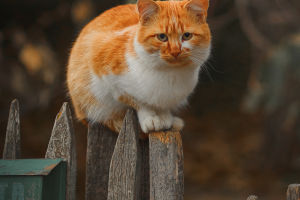Loyal Bird
Have you ever seen a bird with a distinctive crown, long beak and tan plumage on its head. It is the hoopoe, mainly distributed in Europe, Asia and North Africa. How much do you know about it? Let's take a look together.
Features.
The head has a distinctive crest that is reddish brown or sandy pink in color with black terminal spots and white subterminal spots. The head and back of the neck are light brown, and the upper back and shoulders are grey-brown.
The lower back is black with broad horizontal spots of light brown and white.
Habitat.
It inhabits open areas such as mountains, plains, forests, roadsides, river valleys, farmlands, grasslands, villages, orchards. In winter, low-altitude areas such as foothills and plains are dominated, and in summer, the altitude can reach 3,000 meters.
When startled, it will fly to a nearby small tree, or to a rock on a nearby hillside.
Living habits.
Way of activity.
Forage alone or together. It often walks slowly on the ground, foraging while walking, and when frightened, it flies up a branch or a certain distance before landing.
Food.
Hoopoe can be said to be downright carnivorous birds such as locusts, stoneflies, scarabs, worms, moths and butterfly larvae and adults, as well as other small invertebrates such as worms.
It mostly forages in forest edge grasslands or cultivated land, often sticking its long mouth into the soil for food.
Breeding method.
Breeding period April-June. During the breeding season, males often fight to protect their territory.
During the battle, the two sides approached each other. First, they face each other, their crowns high and their mouths stretched down as far as possible. They then connect, flap their wings, and continue to bump into each other on the ground until one side gives way.
Attack.
If it is attacked by an enemy, it has a unique trick to secrete a dark brown oily liquid from its tail gland, with an extremely foul odor, and the attacker will flee.
Natural enemy.
There will be many natural enemies in the hoopoe's nest, such as snakes, mice, birds and so on.
The presence of these creatures can put a lot of stress on birds, and the stench can drive away predators and keep young birds safe.
Why are hoopoes so stinky?
This is because the feces in the hoopoe's nest have never been cleaned up, and they mainly feed on insects, and the residue left by the insects is also mixed with bird droppings.
During the breeding season, the caudal glands of hoopoe females secrete a foul odor, which can effectively drive away predators and protect chicks.
She is beautiful and dutiful, and Hoopoe can take good care of her offspring.


